
Shingle Froe
This simple tool might look like it was assembled by cavemen, but it’s actually still in production today and widely available. The shingle froe was introduced by colonial settlers, who used it to split shingles and other types of lumber while building the earliest homes in America.
Today, you can use it on any project that requires strong wood panels and boards with straight grain. You’ll need to use a maul to pound the froe’s blade into the wood.
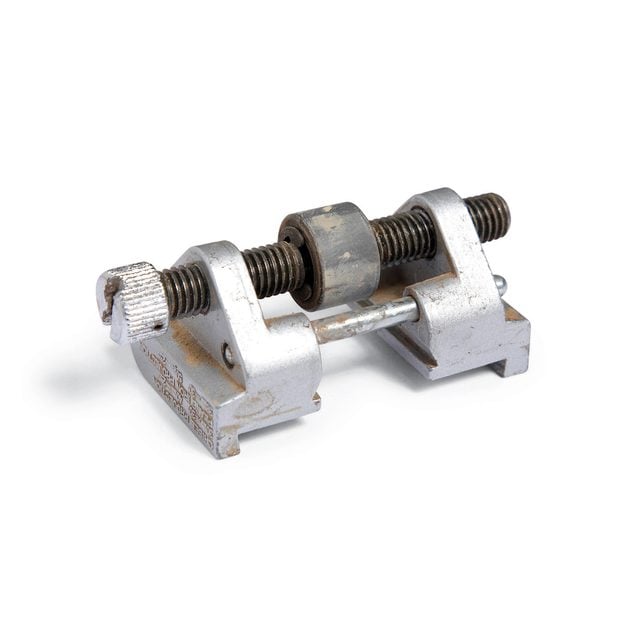
Honing Guide
Some experts master the art of sharpening chisels entirely by hand. But for the rest of us, a honing guide is essential. There are basically two types of guides: Some clamp a chisel from the sides, while others clamp top to bottom.
The side-clamping guide works only with chisels whose sides taper to an edge that’s less than 1/16 in. thick. If your chisels have thicker sides, you’ll need a guide that clamps top to bottom.
The side-clamping guide shown here is made by many manufacturers and is widely available in woodworking stores and online. Inexpensive top-to-bottom clamping guides, made by General Tools and Stanley, are harder to find in stores but are also available online.
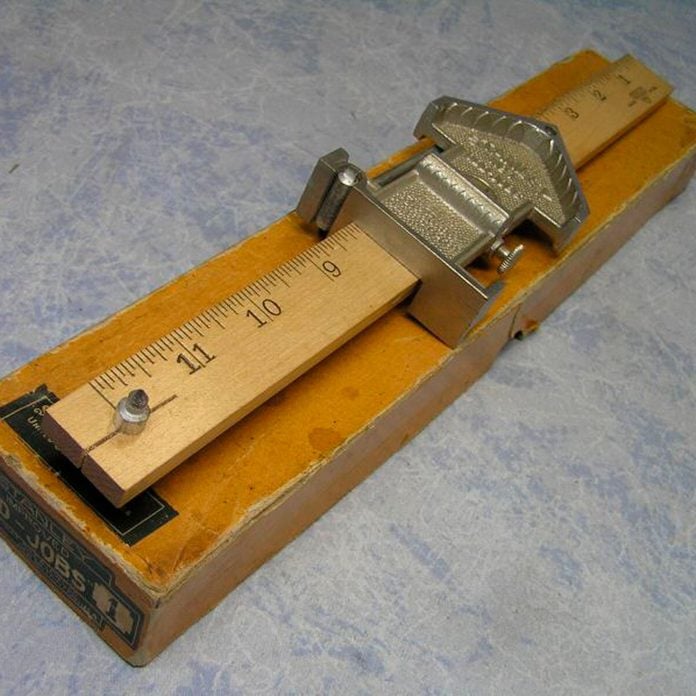
Stanley #1 Odd Jobs
In 1888, Stanley Tools introduced its “Convenient Tool,” the original Odd Jobs, which was later marketed as “Ten Tools In One.” For 47 years, carpenters relied on the versatile metal gadget as a tri-square, spirit level, miter square, scratch awl, rule, marking gauge, mortise gauge, depth gauge and beam compass. It was discontinued in 1935, but some manufacturers, like Garrett Wade and Woodpeckers, still sell modern versions.
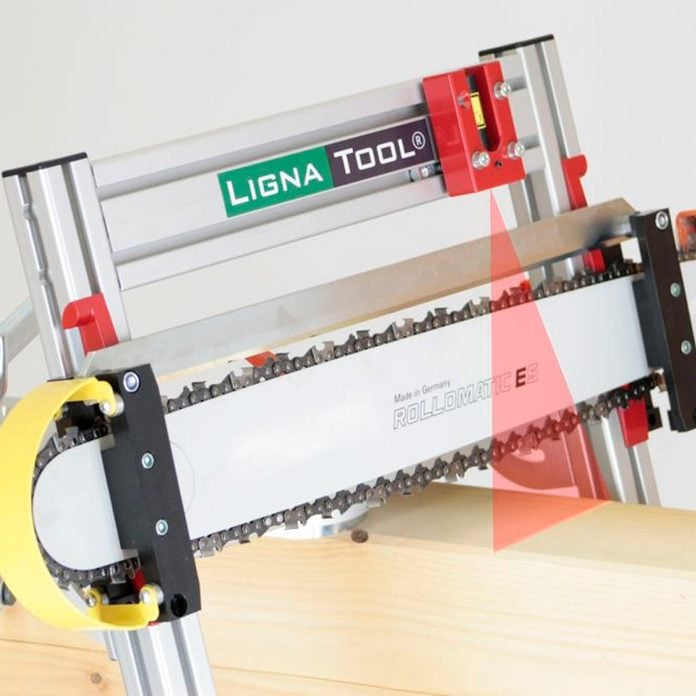
Lignatool Set Schnittführung
If you’ve been searching far and wide for a precision cutting tool to guide the blade of your chainsaw, you can stop looking. We found the Lignatool Set Schnittführung SF400 all the way in Austria. It even uses a laser to align the cuts perfectly. The sophisticated piece of equipment costs around $3,000, but sadly, the manufacturer, Wimmer-Maschinen, doesn’t appear to ship to the U.S.
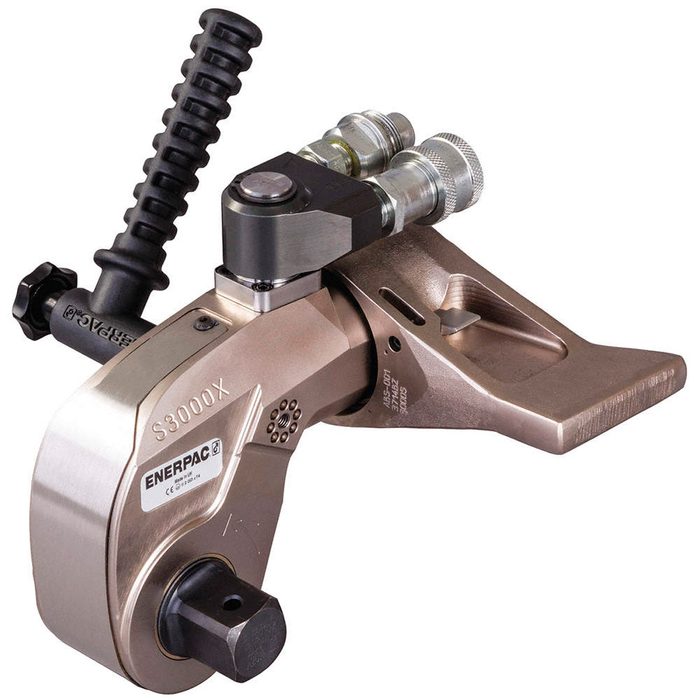
Hydraulic Torque Wrench
This tool, which uses hydraulic power to exert torque and get a fastener in place when it’s just too tough to do on your own, may seem like a modern concept, but it was actually invented in the 1960s. Quieter, lighter-weight versions can be found on the market today, at pretty hefty prices, from Grainger and Hytorc.

Ryoba Saw
Fine Japanese woodworking tools are coveted for their precision and minimalist design. The Japanese Ryoba saw is among the coolest. The lightweight, two-side hand saw with rip teeth on one side for cutting in the direction of the grain, and cross-cutting teeth on the other side, for going against the grain. Its long handle is ergonomically designed to give the woodworker full control.

Adze
It doesn’t get much simpler than an adze, a sharpened piece of metal attached to a wooden handle and used to carve and shape wood. It’s been used since ancient times to do everything from creating wooden beams out of tree trunks to hollowing out bowls. Modern adzes are now used not only for woodworking but also for gardening. In fact, the head of an adze can be found on Halligan bars, a firefighter’s favorite tool after the good, old-fashioned ax. Here are 22 clever new uses for your old, reliable tools.
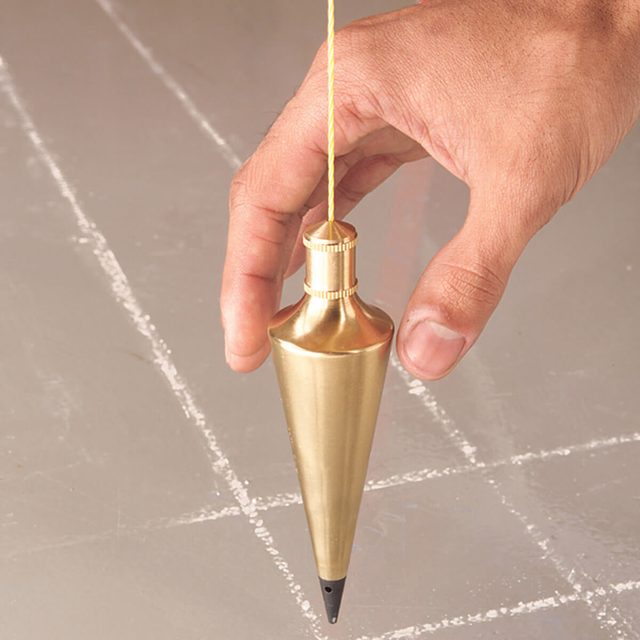
Plumb Bob
A plumb bob is a weighted object connected to a string that can be used to establish a vertical line. That weighted object can be as simple as a rock or as elaborate as the brass plumb bob shown. Some are bullet- or cone-shaped, but in the DIY world they’re often in the guise of a chalk box or chalk line.
Plumb bobs have been around a long time. Egyptians used them to build the pyramids and builders throughout the ages have used them to determine if walls are “plumb” or perfectly vertical. They’re ideal for tasks like centering lights over a kitchen island, determining the proper spacing of recessed lights or framing basement walls.

Cartridge Puller
You know how you have to remove the cartridge from your faucet to fix an annoying leak? There’s a tool for that! This lightweight, hand-held gadget is so simple yet so useful, and one of those tools DIY plumbers don’t realize they need until they, well, need it. This cartridge puller is inexpensive too — only about $26.
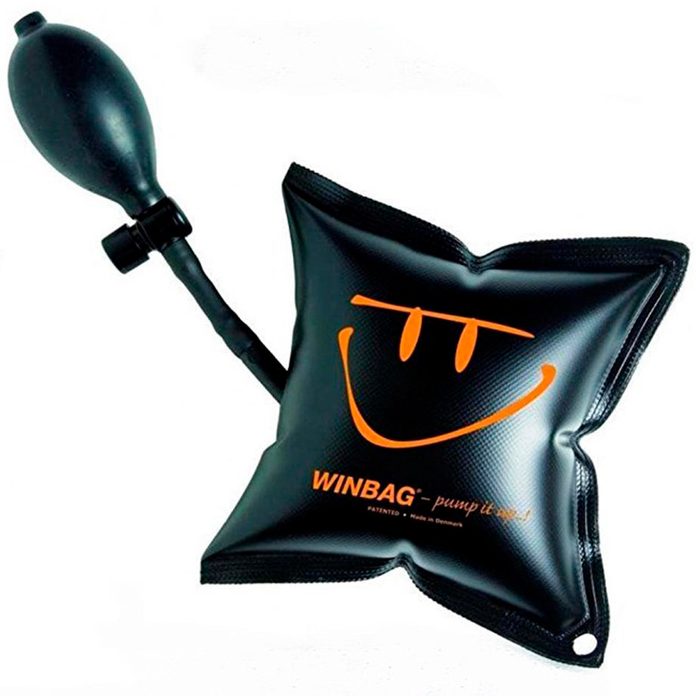
Inflatable Shim
What might appear to be a blood pressure tester without a sleeve is a device that acts as a shim, letting solo DIYers hold a window or door in position while they work. You can also use an inflatable shim to align cabinets or level appliances, and you don’t have to worry about leaving marks or scuffs behind. You can inflate or deflate the device as needed for a perfect fit.

Electrician Scissors
A trusty pair of electrician scissors is the most used tool of many of the low-voltage electricians that we’ve talked to, and Klein seems to be the go-to brand.
If you’ve never heard of electrician scissors, here is a primer: Of course like any scissors, Klein’s new Electrician Scissors can cut through stuff with the blades, but they also have a cable cutting notch so you can rip through wire up to 14 AWG. They’ll strip 19 and 23 AWG wire all day long and have a notch in the tip for de-burring electrical boxes. There’s also a scraper on both blades for convenient wire cleaning. Klein’s All-Purpose Electrician’s Scissors are available online and in home centers for around $25.
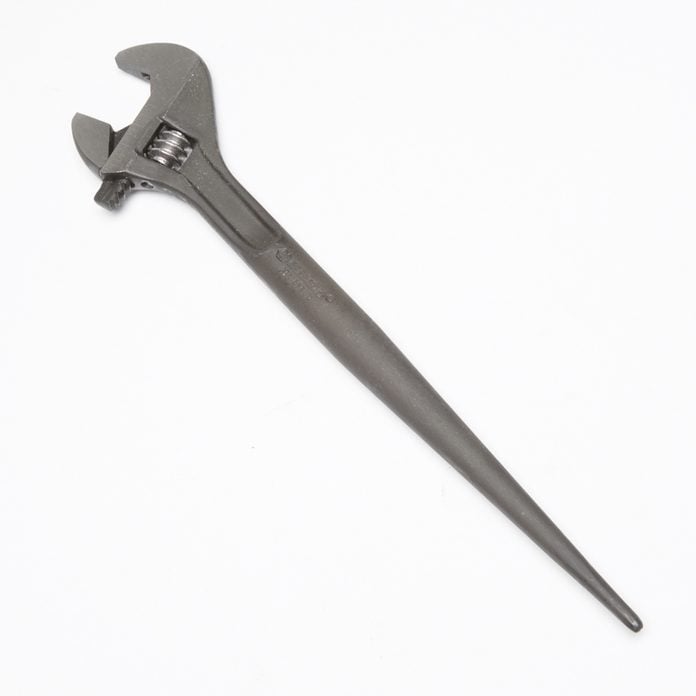
Weird Tools: Spud Wrench
A spud wrench is a wrench with an adjustable or standard box wrench on one end and a tapered spike on the other. The spike can be used to line up bolt holes when installing pipe fittings, doing automotive work or — in the case of iron workers — for lining up bolt holes in girders and beams. Some have offset handles for better leverage or access to parts. There are other types of wrenches that carry the moniker “spud,” so make sure you know what you’re buying before plunking down your dough.
And yes, we know there is another tool called a “closet spud wrench” that is used in close quarters for closet spuds, basket strainers nuts and spud nuts.

Weird Tools: Torpedo Level
It should come as no surprise that most torpedo levels are tapered or torpedo-shaped. What is surprising is how many uses people find for them. They’re small — 6 inches to 12 inches in length — and have vials that indicate plumb, level and, sometimes, 45 degrees.
Because of their diminutive size and shape, they’re ideal for working in tight spaces. Some have magnetic edges giving plumbers and those working with metallic parts a “third hand” while working. Torpedo levels fit nicely in a tool belt and junk drawer and are handy for leveling pictures, determining the slope of pipes and leveling over short distances.

Darby
A darby is the tool to reach for when you need to flatten concrete.

Pedestal Sink Slip Joint Wrench
This little wrench can make work on a pedestal sink a little easier with it’s ability to reach. Here’s how to install a pedestal sink.
